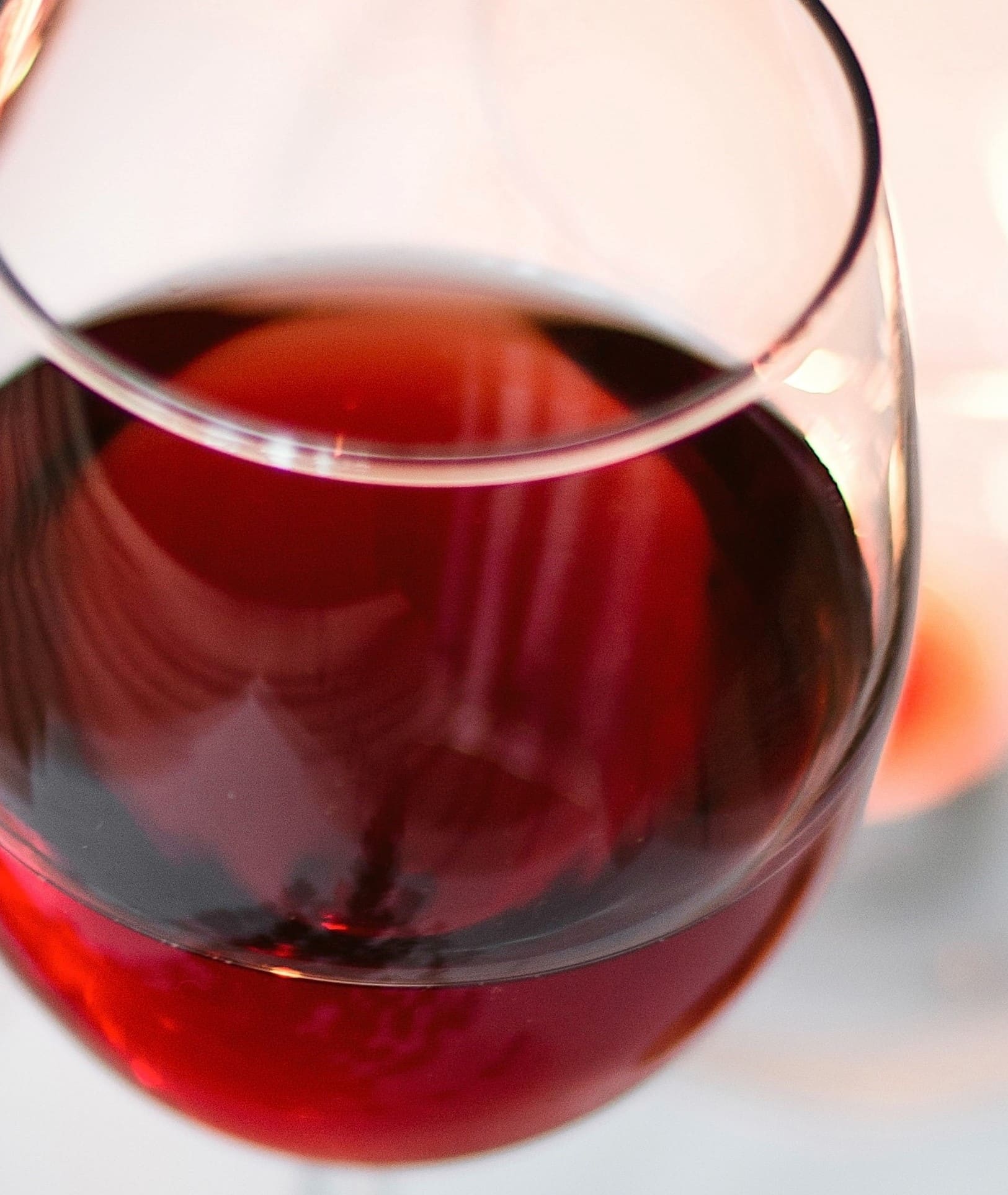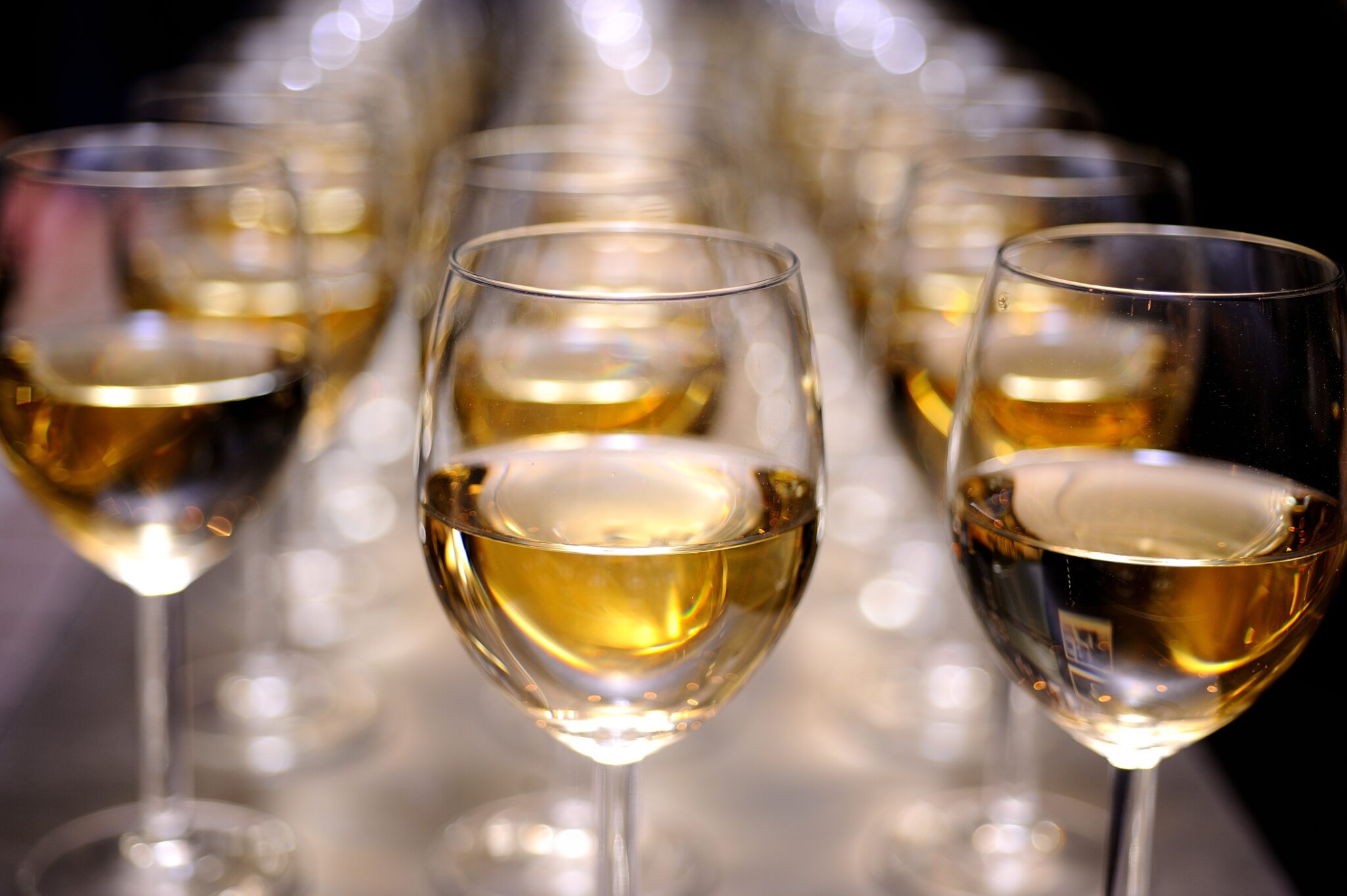Wine Tasting Experiences With Local Cheese - Top Sonoma Wineries To Visit
Wine Tasting Experiences With Local Cheese - Top Sonoma Wineries To Visit
Blog Article
Spectacular Vineyard Views In Sonoma - Sonoma's Best Vineyards
Wine tasting is an art that requires practice and an understanding of varied features concerned in the process. One crucial factor of wine tasting is the event and interpretation of tasting notes, which function a guide for each novices and seasoned connoisseurs. A Guide To Understanding Winery Wine Tasting Notes can improve your wine-tasting experience, making it extra meaningful and enjoyable.
Tasting notes are concise descriptions that seize the essence of a wine’s flavors, aromas, and overall character. Often composed by professional tasters, winery tasting notes provide insights into the nuances of various wines. They might help wine enthusiasts perceive what to expect from a specific bottle. Nonetheless, tasting notes can vary extensively in style and element primarily based on the writer's experience and palate.
Wineries Providing Guided Vineyard Walks - Wine Tasting In Sonoma County
When you first approach a glass of wine, your senses will begin to interact right away. The sight, scent, and taste of the wine will converge to provide you an entire experience. Tasting notes generally start with the visual evaluation, where the colour of the wine is taken into account. Shade plays a major role in indicating the wine’s age, grape selection, and even its flavor profile.
After assessing the visual side, the next step entails swirling the wine in the glass. This motion aerates the wine, allowing its aromas to awaken. Smelling the wine offers important insight into its complexity. The preliminary sniff can deliver a flood of scents which will embody fruity, floral, herbal, or earthy notes. This is usually the most subjective a part of tasting, as particular person experiences can dramatically differ.
In winery tasting notes, descriptors are sometimes categorized into primary, secondary, and tertiary aromas. Major aromas often stem from the grape selection, secondary aromas derive from fermentation processes, and tertiary aromas arise from getting older. Understanding these categories may help you appreciate the depth of a wine, and so they also provide the vocabulary to express your experience higher.
Wineries With Locally Sourced Food Options - Sonoma Vineyards Worth Visiting
Following the olfactory encounter, your focus will shift to the taste of the wine. This is where the primary characteristics—sweetness, acidity, tannins, alcohol—come into play. Tasting notes often element these flavors in multiple dimensions, including the preliminary assault in your palate to the lingering finish in your tongue. A high-quality wine will current a harmonious stability between these elements.
While tasting, it is important to contemplate the physique of the wine, which could be described as light, medium, or full. The physique contributes significantly to your general impression, serving to you think about how the wine pairs with food or whether or not it stands alone as a sipping wine. Balancing the physique with the opposite characteristics will provide you with a fuller understanding of what the wine has to offer.
The end of the wine, additionally referred to as the aftertaste, is another important facet often included in tasting notes. A lengthy, nice finish usually signifies a better high quality wine, while a short or cloying aftertaste could recommend otherwise. Evaluating the end can offer further perception into the wine's complexity and distinction.
Understanding the context of winery tasting notes can also be valuable. Tasting notes can provide contextual details about the vineyard's location, local weather, and grape-growing practices. This context adds one other layer of appreciation for the wine, permitting enthusiasts to connect the sensory experience with its origins, thus enhancing the enjoyment further.
Wineries Focusing On Single Vineyard Wines - Iconic Wineries Of Sebastopol
Many wineries provide tasting notes on their web sites or labels, typically written in an approachable yet informative style. Nevertheless, not all winery tasting notes are created equal. Some may be overly technical, whereas others might prioritize marketing flair over insightful evaluation. Learning to navigate these notes can arm you with the information to make informed choices when deciding on wines.
Participating in tastings at wineries also can deepen your understanding of wine tasting notes. Interacting with knowledgeable employees may give you a more hands-on approach to exploring totally different wines and the language used to explain them. Wineries Pairing Wine With Chocolate. You May have the chance to ask questions, interact in discussions, and potentially refine your palate in actual time.
Experimentation is essential for mastering Clicking Here wine tasting notes. As you sample totally different wines, try making your individual notes. Focus on describing the wine’s color, aroma, taste, and end. Over time, you’ll develop a private vocabulary that resonates with your sensory experiences. Every note you create will help refine your palate, permitting you to appreciate wines at a deeper stage.
Wineries With Locally Sourced Food Options - Vines And Views In Sonoma Wine Country
In conclusion, a Guide To Understanding Winery Wine Tasting Notes offers a comprehensive framework for diving into the world of wines. It equips you with the methods and language necessary to articulate your experiences. Whether you are a informal drinker or a devoted aficionado, understanding and using tasting notes can profoundly impact your wine journey. This knowledge not solely enhances your enjoyment but additionally connects you deeply with the wealthy narratives every bottle tells. By embracing this journey, you turn into a part of the gorgeous mosaic of wine culture, where every sip unveils a brand new story waiting to be discovered.
- Wine tasting notes usually embody quite so much of sensory descriptions, including aroma, flavor, acidity, body, and finish, permitting tasters to totally respect the wine's characteristics.
- To enhance your understanding, familiarize yourself with frequent wine terminology such as "tannins," "oakiness," or "terroir," which can help decipher the notes more effectively.
- A systematic approach to tasting entails first visually assessing the wine's shade and clarity, followed by swirling to launch aromas, then inhaling and describing what you experience.
- Taking notes throughout tasting may help establish patterns over time, improving your palate and making it easier to recall preferences for future alternatives.
- Do Not overlook the influence of food pairings; tasting notes can differ greatly when a wine is enjoyed with complementary flavors, altering notion and delight.
- Pay attention to the wine’s vintage, as climatic conditions in a given year can significantly affect the ultimate product, adding one other layer to the tasting notes.
- Contemplate the winemaker's style and philosophy, which can form the wine's profile and influence how its notes evolve with every sip.
- Working Towards with different grape varieties can broaden your vocabulary; each kind brings distinctive traits that can improve your capacity to articulate tasting notes successfully.
- Engaging with wine professionals or attending tasting events can provide priceless insights, providing a richer context for understanding personal tasting notes.
- Keep In Mind that tasting is subjective; particular person preferences and experiences will shape one’s interpretation of the identical wine, enriching the general enjoyment of wine exploration.
What are wine tasting notes?
Wine tasting notes are descriptive comments made by tasters in regards to the appearance, aroma, style, and finish of a wine. They provide an outline of the wine's characteristics and may help consumers understand the style and high quality of the wine.
Wineries With Artisan Chocolate Pairings In Sonoma - Wine Tasting In Sonoma County
Why are tasting notes essential when selecting wine?
Tasting notes can guide you in choosing a wine that suits your palate. They present insights into flavors and aromas, helping you to match wines with food or occasions. Understanding these notes enhances your overall wine experience.
How should I read wine tasting notes?
(Wineries With Estate-Grown Grapes)
Wineries With River Views - Wine Tasting And Vineyards In Sonoma

When reading wine tasting notes, pay consideration to the structure: search for descriptions of color, aroma, flavor, and finish. This will allow you to grasp the wine's profile and determine if it aligns together with your preferences.
What phrases generally appear in wine tasting notes?
Frequent terms embrace "tannin" (the structure), "acidity" (the crispness), "body" (the weight), and varied flavor descriptors like "fruity," "earthy," or "spicy." Familiarizing your self with these terms can deepen your understanding of wine.
Wineries With Beautiful Architecture - Sonoma Wine Culture

Am I Able To create my own tasting notes?
Yes! Writing your personal tasting notes can enhance your wine tasting experience. Focus on your observations of taste, aroma, and other sensory characteristics. This personal practice can help you refine your palate over time.
How do I establish the aromas in wine tasting notes?
Wine Tasting Tours In Russian River Valley - The Charm Of Sonoma Wineries
To establish aromas, practice smelling quite a lot of scents and associating them with wines. Swirl the wine in your glass This Site to release its aromas, then take a moment to breathe in deeply before identifying any distinguished scents.

What is the difference between professional and private wine tasting notes?
Professional tasting notes could use more technical language and particular terminology, while personal tasting notes are subjective and mirror individual experiences. Each are priceless for understanding and enjoying wine, however personal notes could resonate more together with your distinctive tastes.
How can tasting notes enhance my wine appreciation?
Wineries Featuring Vineyard Tours - Best Winery In Sonoma For Quality Wine
Tasting notes can enhance your appreciation by helping you to understand and articulate the complexities of wine. They encourage mindful tasting and supply a framework for comparing completely different wines, resulting in a richer enjoyment of the beverage.
Are there any apps or instruments to assist with wine tasting notes?
Yes, there are several apps designed to help users report and manage their tasting notes. These instruments typically supply features like flavor wheel guides and wine database searches, making it easier to trace your journey by way of totally different wines. Report this page